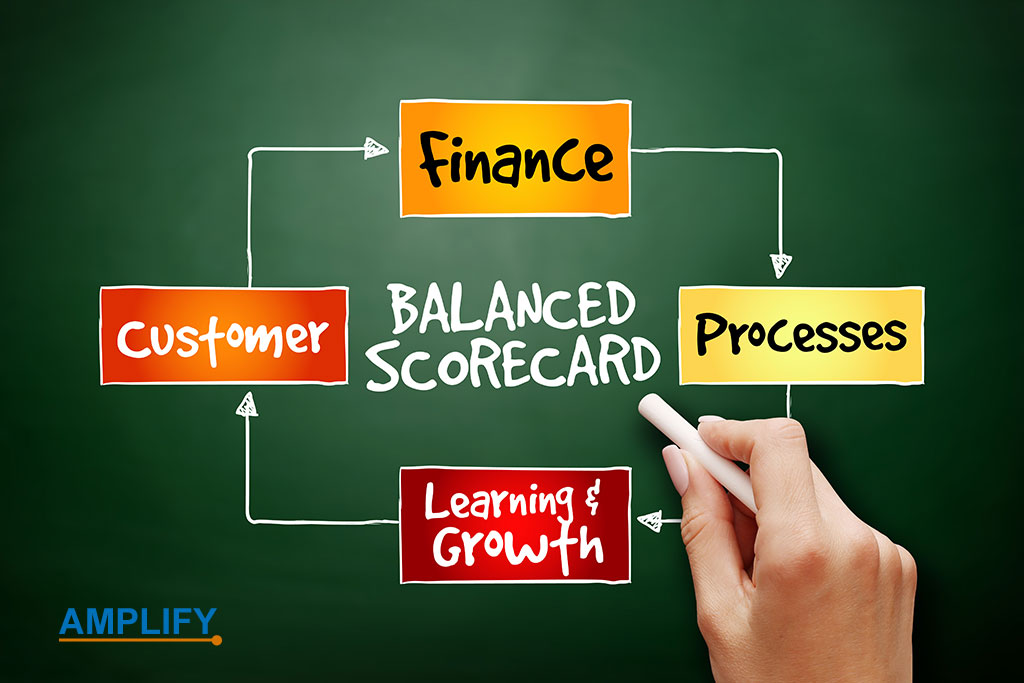This new and rapidly expanding business model allows users to generate high-quality content on websites for free in order to answer other users’ questions and provide reviews.
The business model for user-generated content is based on users actively creating and sharing content on a given platform. Users can contribute articles, videos, reviews, and photos, and they can interact with the content by commenting on it, liking it, and sharing it with their friends. The platform supplies the necessary infrastructure for user participation and oversees the quality control of content. The value that users extract from the platform comes from their ability to express themselves, connect with others, and access information or entertainment.
The user-generated content business model has been implemented by various platforms, such as social media platforms like Facebook, Instagram, and Twitter, content sharing platforms like YouTube and TikTok, review platforms like Yelp, and crowd-sourced knowledge platforms like Wikipedia.
Revenu
The distribution channel brings in money through methods such as advertising, subscriptions, sponsored content, or the sale of merchandise. The platform’s value increases as more users sign up and contribute content to it, which helps to cultivate a sense of community and grows the number of dedicated users. Platforms for social media, content sharing, user reviews, and knowledge gleaned from the crowd are some examples of the types of platforms that use this model.
YouTube is a prime example of a company that successfully utilizes the user-generated content business model. Users create and upload videos on the platform, and other users engage with the content through views, likes, comments, and shares. YouTube provides the infrastructure for content creation, hosting, and discovery while generating revenue through advertising and premium subscriptions. The platform’s success is built upon the vast library of user-generated content and the vibrant community of content creators and viewers


















